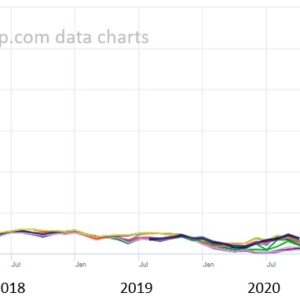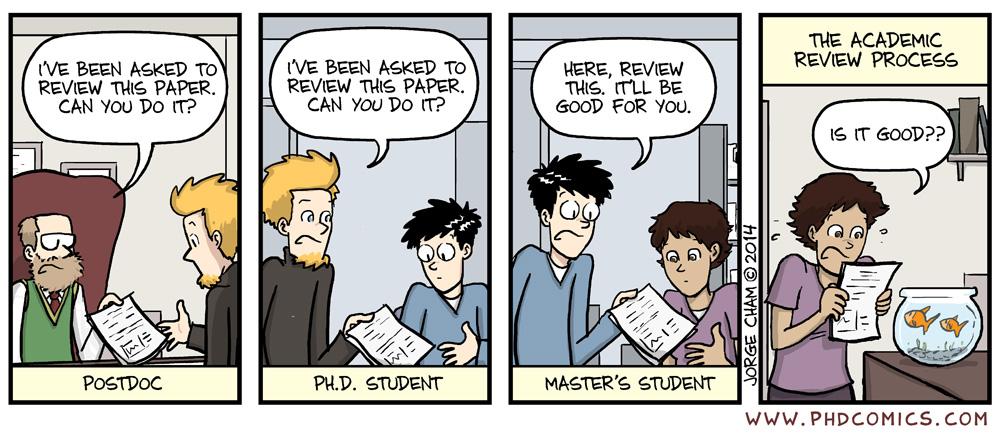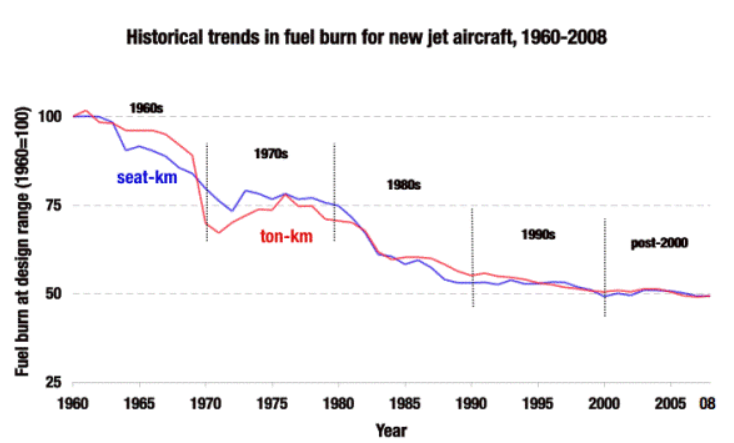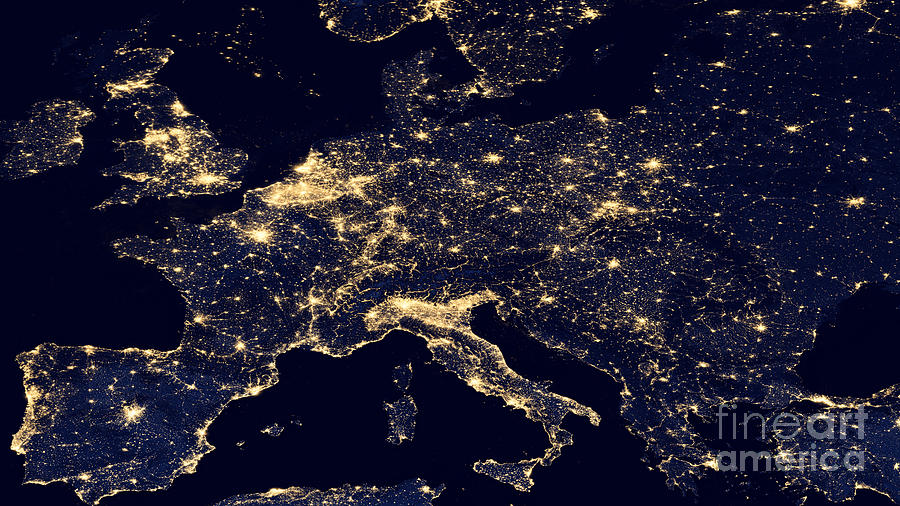
Today’s guest of honour is”Cannabis sativa”, more casually called hemp. And this is probably one of the few plants which would rather get rid of its fancy latin appellation, as nice as it may sound. Indeed, hemp belongs to the same species as its groovy relative, marijuana. What sets the two appart is the amount of THC in the plant (please, don’t ask me to spell it out), which is the stuff that’s gets you ganjafaced. Hemp is the variety of the plant which has too little THC to get you high, while anything above 0.3% THC is classified as marijuana. Now what does this all have to do with the usual eco-warrior dialogue which your newsfeed is used to?
Well, it turns out hemp has a whole range of properties which have made it one of the favourite hypes in the sustainability community. While its use for medical purposes is the easiest leap made from the usual conversation topics around its cousin, hemp actually has much more interesting properties as a construction material, bioplastic, paper, textile, food supplement… the list goes on. The web is full of enthusiastic preachers of its thermal insulation and humidity regulating properties in homes, its purification virtues for polluted soils, its impressive performances as a carbon sink, its high recyclability… This multifaceted use also means that the plant can be used in almost its entirety, with barely any waste.
The best part is: it actually can grow fairly easily in a wide range of areas, with low water requirements, no pesticides nor mechanical plowing, to yield fully grown plants about 2m high in around 140 days. During a conversation with my grandmother, who’s from Britanny, in north-Western France (same shitty weather as their “Great” cousins, with a similar propensity for a drink or three), I learned that the region used to be covered in hemp fields not that long ago. Britanny being a natural sailing area, hemp was a critical material until the mi-1800s to produce sails and ropes for the wind-powered ships. In fact, during World War II the US government produced the movie “Hemp for Victory” to encourage farmers to produce more hemp, considered an essential ressource to supply the army with rope, clothes and cordage.
Truth be told, modern-day hemp aficionados really didn’t reinvent the wheel. Hemp has been around from the very beginning of our sedentary lifestyles, with hemp textiles found in Mesopotamia dating back to 8000 B.C., and the Chinese already cultivating the crop as far back as 6000 years ago to produce textiles. Throughout most of sedentary mankind’s history, hemp has been a mainstream industry present in pretty much every aspect of our lives. America’s Founding Fathers were growing the stuff themselves, and most of their paper they used was made out of it. Whether the United States’ Declaration of Independence were actually written on hemp paper is still open for debate. If only the Founding Fathers knew how their cherished paper would be treated only a few decades later… Indeed, the hemp industry will face a dramatic turn of events at the turn of the 20th century. While the industry had already lost a bit of steam with the rise of …well, hehe, sailless steamships, patents mechanising the fiber extraction process started to appear, solving one of the key challenges of the until-then highly labour intensive industry. But its fate had already been sealed. With the growing lobbies of petroleum-based synthetic products and the timber-based paper industry, the new competition brought about by hemp “Power Breaker” defibering machines was not welcome by everyone. Conveniently bringing back hemp’s cursed cousin MJ out of the cupboard, hemp opponents in the US urged the authorities towards a “hempeachment” (sorry, that was terrible) by first imposing heavy taxes and then banning the stuff altogether. Or so the story has it. Let’s get back to it later, shall we?
As I researched a bit more on the topic, my curiosity kept growing. The stuff seemed to be able to grow everywhere, to produce everything, all of this with an unbeatable environmental footprint. But as I reached this point on YouTube after a few too many redirects, where the line between conspirationism and science becomes obscure, I decided to pull my scientific rigour together, and put all these years of public money spent on education to good use.
So off to Scopus we go. For anyone mentally sane enough to not have sold their soul to academia, Scopus is basically a search engine for academic papers. Without the confirmation bias which Google is so kind to give you.
Of course you can quickly come into very complex and niche analyses, which is a pretty humbling experience. I, for one, was quickly reminded why I didn’t become a material scientist as I was scanning through papers churning out terms which sounded more like insults than diagnostics, one example being “composites following a Fickian behaviour”. But overall, the academic world seemed equally interested in the diverse properties of hemp, as is shown below from the 10 053 results which the search engine spat at me, corresponding to worldwide research outputs from 1828 (!) to 2021:
Scopus results for “hemp”
(references [1],[2],[3],[4] have been used to make this article sound a bit more legit)
While mentioned, the medicinal properties of hemp, which often make people confuse it with it’s cousin marijuana, only constitute a small fraction of the research. A lot of efforts focus instead on its properties as a construction and manufacturing material. It seems to behave particularly well as a composite, with the fibres providing some supporting structure for any material it is mixed with. Composites are often appreciated in engineering, as they allow to combine the benefits of two materials while compensating their drawbacks. Cool beanz, but that often makes them a real mess to recycle at end-of-life. One could imagine that bio-composites out of hemp have some advantages in that regard.
In general, hemp seems to have favourable properties for housing construction, materials, furniture and automative parts. Even its nutritional values seemed to be all-round great. Hemp seeds contain around 25% proteins (GAINZ GAINZ GAINZ), omega-6 and -3 (whatever these do), and all the other stuff you hear about in those fitness-diet craze magazines. Basically, whenever the diet trend changes from high unsaturated fats intake to vitamin-rich cures in a Kondratieff-worthy cyclic manner, you won’t need to change anything to your meals: hemp’s got you covered no matter what.
But an inner voice was still nagging me: if hemp truely is this miracle product everyone flauts about, how come its use is not more ubiquitous in our everyday lives? Why are we so desperatly clinging on to its petrochemical substitutes? Is it just a regulation issue, or are there also more fundamental obstacles like … maximum harvest yield? …cost? Before delving into innumerous and brilliantly thought-through business plans, I always like to do a few back-of-the envelope calculations.
Canadian governmental sources estimate hemp fibre yields to be around 3.6 tons per acre (compared to 0.4 tons per acre for cotton in the US), which is equivalent to 8.9 tonnes per hectare in civilised units (1 hectare being about 1.5 football fields). French hemp selling at around 200$ per ton and knowing that Britanny was covered by 100 000 hectares of hemp back in the golden days (mid 19th century, when the country wasn’t yet overrun by pigs farms), that would give a business of around 175 million dollars in Britanny alone. Not a negligible sum, if you ask me, especially if you then add the 0.4 tons per acre of seeds you can feed to the woke millenials at extortionate prices (well, those quarantine savings have to go somewhere, right?).
On the other side of the fence, as I mentioned, the web is teeming with entrepreneurs full of ideas, motivated to get hemp back in business and save the world. So really, where’s the hook? And here I can only make a few stabs in the dark, but my guess is that building up a whole supply chain up from scratch is not an easy business, and will require a lot of coordination and state support. As we’ve seen, the fibre breaking process also seems a pretty messy business, with some heavy-duty machinery required. “Heavy machinery, you said? Music to my ears” says the German engineer at this point, letting out a burst of repressed patriotism just at the thought of it. Jokes aside, reviving such local industries will ironically require strong collaboration. And not least amongst us, the consumers, as we decide to support such initiatives (like this one, or this one, or even that one), whether financially or simply as ambassadors of their efforts.
Now promised, I’m done playing the Robin Hood of sustainable investment, but I hope this all raised your interest in a topic which I’m only just discovering myself, but really hope to hear about more in the future. On that note, time to get out of here, we finally got some snow around my place, and that snowman is not gonna get built on its own!







